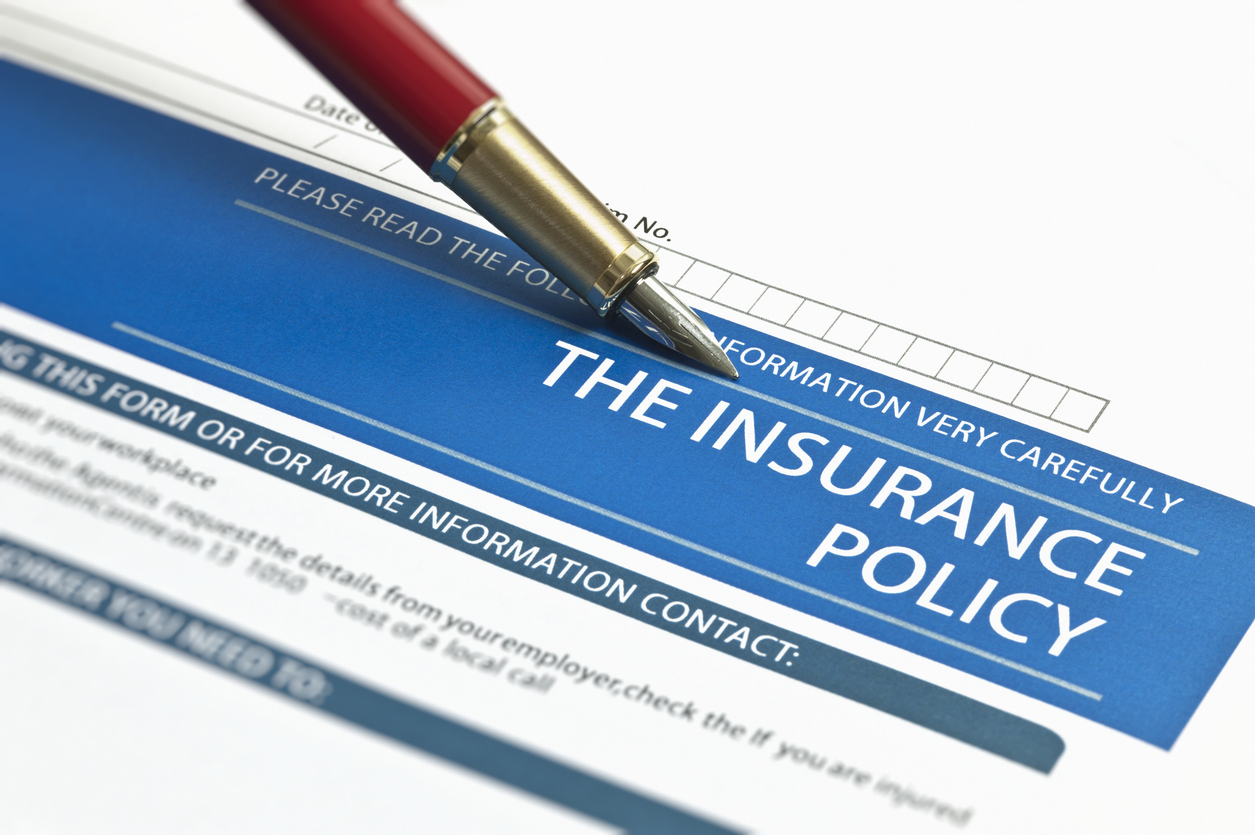Evaluating a business interruption claim is not as simple as it sounds. After reading Chip’s blog, How to Value an Oil Spill Claim–Not an Easy Task, I sincerely hope that everyone involved in this oil mess is properly trained in business valuation losses. Sometimes, as a result of inadequate or improper training, insurance companies can put their policyholders in an untenable position.
The case American Medical Imaging Corp. v. St. Paul Fire & Marine Insurance Co., 949 F.2d 690 (3rd Cir. 1991), is the epitome of an extra expense Catch-22. In American Medical Imaging, the insured was in the business of providing ultrasound testing services. The imaging services were rendered at physicians’ offices, joint venture sites, and other health care institutions, while the scheduling, marketing, billing, and clerical functions were performed at the insured’s headquarters location.
A fire at the insured’s headquarters resulted in smoke and water damage that allegedly made use of the facilities impossible. The insured immediately rented space at an alternative site and relocated there the next day, albeit with substantially fewer telephone lines. The insured did not return to its headquarters for approximately six weeks.
The insured submitted a claim for the policy’s $500,000 limits for lost income and extra expense premised on the period of restoration.
The extra expense provision stated:
We’ll pay your actual loss of earnings as well as extra expenses that result from the necessary or potential suspension of your operation during the period of restoration caused by direct physical loss or damage to property at a covered location. The loss or damage must occur while this coverage is in effect and must be due to a covered cause of loss.
We’ll pay your earnings and extra expense loss from the date the property is damaged until the earliest of the following:
• the date you resume normal business operations;
• as long as it should reasonably take to repair, rebuild or replace the damaged property, plus 30 consecutive days; or
• 12 months, regardless of your policy’s expiration date.
St. Paul denied the claim, citing the fact that no suspension of business had occurred. Surprisingly, the trial court agreed with Saint Paul on summary judgment. The insured appealed.
Fortunately the court of appeals read the policy in its entirety and remedied the Catch-22 situation that policyholders often face:
If a trier of fact believes AMIC’s evidence, we conclude that the alleged loss would be a covered one. According to its version of the facts, AMIC experienced a “necessary suspension” of its business operations briefly on the morning following the fire. Moreover, on that morning, it faced a “potential suspension” of a much longer duration. Fortunately for AMIC and St. Paul, AMIC acted promptly to mitigate its loss and managed to make arrangements to conduct its business on a scaled-down basis at an alternative site. As a result of that “necessary suspension” and that “potential suspension,” St. Paul was required to indemnify AMIC for any lost earnings or extra expenses arising from such suspensions during the period up to the date upon which AMIC was able to resume its normal business operations at the Gibraltar Road site, i.e., the covered location.
Under the district court’s construction of the policy, the insured would have no motivation to mitigate its losses. Continuing in business at any level would bar recovery because the insured would be carrying on the same kind of activities that occurred at the covered location. We decline to accept the suggestion that this was the intent of the parties. Indeed, other provisions of the policy bear witness to a contrary intent. For example, the policy imposes on the insured an affirmative duty to mitigate its losses:
If you can reduce your loss by resuming operations at the covered location or elsewhere by using damaged or undamaged property … you agree to do so.
Under the district court’s reading, this provision would have imposed upon AMIC a duty, the performance of which would have forfeited its right to recover under the policy. We are confident that such an anomalous result was not intended and choose to read the policy terms regarding St. Paul’s duty to indemnify as consistent with AMIC’s duty to mitigate. Moreover, as appears from the earlier quoted portion of the policy, St. Paul’s obligation to indemnify continues until the resumption of “normal business operations.” This necessarily implies that the obligation to indemnify can arise while business continues, albeit at a less than normal level.



